Using wood chips-good, bad, or ugly?
bill_59texas
11 years ago
Featured Answer
Sort by:Oldest
Comments (22)
Lloyd
11 years agoKimmsr
11 years agoRelated Professionals
Danbury Landscape Architects & Landscape Designers · Fitchburg Landscape Architects & Landscape Designers · Salem Landscape Architects & Landscape Designers · Washington Landscape Architects & Landscape Designers · Canton Landscape Contractors · Surprise Landscape Contractors · Fort Worth Landscape Contractors · La Vista Landscape Contractors · West Orange Landscape Contractors · Shenandoah Landscape Contractors · Fort Myers Decks, Patios & Outdoor Enclosures · Jackson Decks, Patios & Outdoor Enclosures · Kissimmee Decks, Patios & Outdoor Enclosures · St John's Kirk Decks, Patios & Outdoor Enclosures · Surfside Decks, Patios & Outdoor Enclosuresannpat
11 years agoemgardener
11 years agoMojo_Soil
11 years agogardengal48 (PNW Z8/9)
11 years agoRpR_
11 years agoKimmsr
11 years agoluckygal
11 years agoKimmsr
11 years agomytime
11 years agoKimmsr
11 years agoannpat
11 years agomytime
11 years agoannpat
11 years agoluckygal
11 years agodarth_weeder
11 years agoannpat
11 years agodarth_weeder
11 years agotaxmomss
9 years agotoxcrusadr
9 years ago
Related Stories

GARDENING AND LANDSCAPINGBid Bad Garden Bugs Goodbye and Usher In the Good
Give ants their marching orders and send mosquitoes moseying, while creating a garden that draws pollinators and helpful eaters
Full Story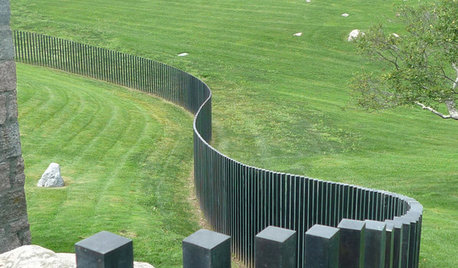
LANDSCAPE DESIGNGood Fences, Good Neighbors — and Good Views
See-through vertical fencing connects a yard with its surroundings while keeping children and pets safely inside
Full Story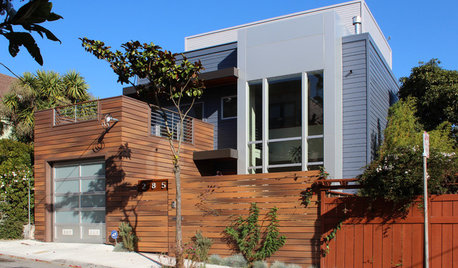
MATERIALSShould You Use Composite Timber in Your Landscape?
This low-maintenance alternative to wood is made from varying amounts of recycled plastic. Consider it for decks, fences and more
Full Story
REMODELING GUIDESWhen to Use Engineered Wood Floors
See why an engineered wood floor could be your best choice (and no one will know but you)
Full Story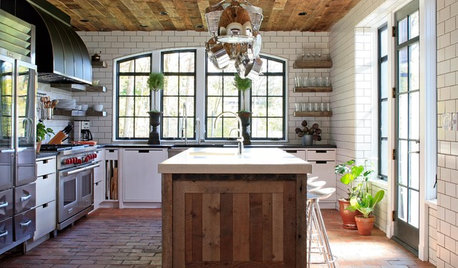
KITCHEN DESIGNWhat to Know About Using Reclaimed Wood in the Kitchen
One-of-a-kind lumber warms a room and adds age and interest
Full Story
DECORATING GUIDESLoving Color: 5 Ways to Decorate With Paint Chips
Turn those also-ran paint strips into conversation-starting art and accessories for your home
Full Story
BATHROOM MAKEOVERSWasted Space Put to Better Use in a Large Contemporary Bath
Bad remodels had managed to leave this couple cramped in an expansive bath. A redesign gave the room a luxe hotel feel
Full Story
FEEL-GOOD HOME12 Very Useful Things I've Learned From Designers
These simple ideas can make life at home more efficient and enjoyable
Full Story
FLOORSHow to Get a Tile Floor Installed
Inventive options and durability make tile a good choice for floors. Here’s what to expect
Full Story





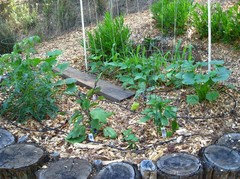
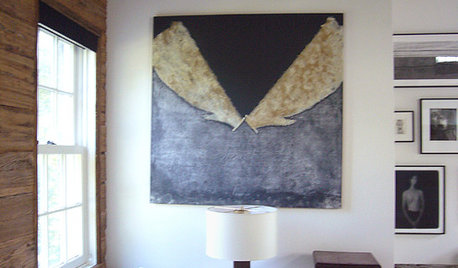


emgardener